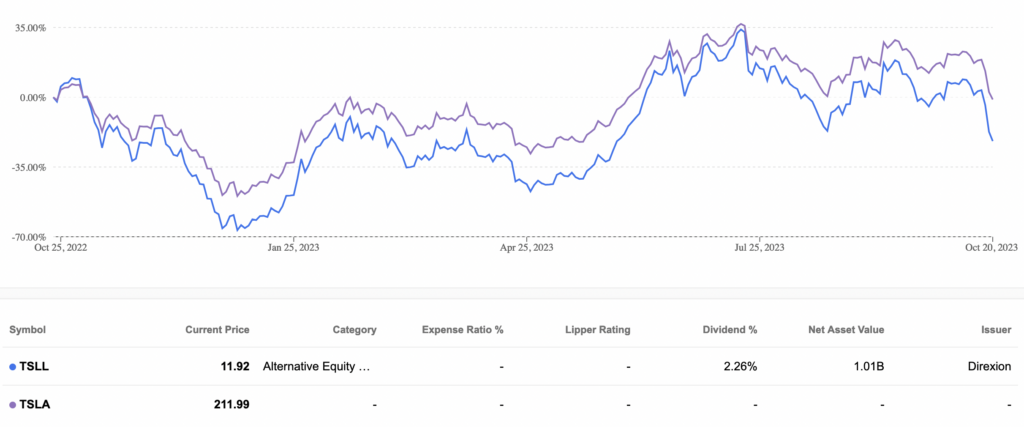How The Expense Ratio Of An ETF Affects Your Day Trading
Exchange-Traded Funds (ETF) are all the rage now. Even though they can be traded like equities, they have a so called “expense ratio” to cover the funds costs and boost their profits. Logically, it would in most cases be cheaper to buy the underlying securities than the ETF. But is the expense ratio really something you need to worry about if you are day-trading for instance the SPXL (Direxion Daily S&P500 Bull 3x) ETF?
The SPXL would be a typical investment for someone who is convinced of a perpetual growth of the S&P 500 stock index. It is a leveraged ETF, meaning that a 1% increase in the index would result in a 3% (minus the expenses) increase in the value of the ETF. The expense ratio of the SPXL is 1%.
So What Is An Expense Ratio?
The expense ratio of an ETF is the annual fee expressed as a percentage of the fund’s average assets under management (AUM). It covers the costs associated with managing the ETF, including administrative expenses, management fees, and operational costs. The expense ratio is calculated on an annual basis but is typically charged on a daily or monthly basis. When you day-trade an ETF, you should be aware of how the expense ratio is applied:
Daily Accrual: The expense ratio is typically accrued on a daily basis, meaning that a fraction of the annual expense is charged each day. To calculate the daily expense, you can use the following formula:
Daily Expense = (Annual Expense Ratio / 365) * AUM
Where:
- Annual Expense Ratio: The expense ratio stated as a percentage (e.g., 0.10% or 10 basis points).
- AUM: Average assets under management on that day.
Deducted from Net Asset Value (NAV): The expense ratio is subtracted from the ETF’s Net Asset Value (NAV) daily. The NAV represents the total value of the fund’s assets after deducting expenses. The NAV is typically calculated at the end of each trading day, and the daily expense is deducted at that time.
Impact on Day-Trading: When you day-trade an ETF, you don’t typically hold the investment overnight, which means you may not notice the daily expense ratio as much. However, it still affects your trading performance:
If you enter a trade in the morning and exit the same day, the expense ratio will be a small fraction of the ETF’s value and might not significantly impact your gains or losses.
If you engage in very high-frequency day-trading, the cumulative daily expenses can add up over time and reduce your overall profits.
Long-term investors who hold ETFs for extended periods will be more affected by the expense ratio, as it compounds over time.
It’s essential to be aware of an ETF’s expense ratio when trading or investing, even if you are a day-trader. Over the long term, lower expense ratios can contribute to higher returns. Therefore, when selecting ETFs for day-trading or any investment strategy, consider both the fund’s performance and its expense ratio, and weigh them against your trading goals and time horizon.
But Wait… Why Should I Use ETF’s When I Can Trade Equities Way Cheaper?
ETF’s allow you to get exposure to investments that may be outside of your equity investment universe. For instance, investing in Taiwanese equities require segregated custody accounts which are not offered to small retail investors.
You can also pinpoint your expertise, by investing in a fund that focuses on an area which you are well-versed in. By way of example, you can invest in a pet care ETF (PETZ).
Lastly, you can benefit from the leveraged ETF’s. If you love Tesla, why not buy the Direxion Daily TSLA Bull 1.5X (TSLL) instead of the equity? Well, the counterparty risk is obviously higher. (This means the single-stock ETF’s are more suitable for short term trading.) There are also so called daily resets to balance in and outflows at the end of the day. And then… finally.. the fees. Here you can see how much the fees drag down on the performance when we compare TSLA (the equity) and TSLL (the leveraged ETF):
